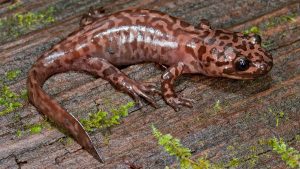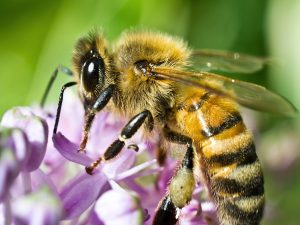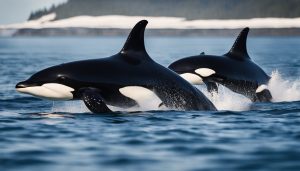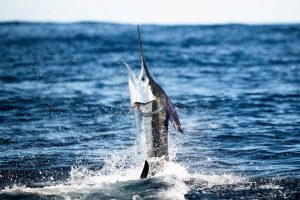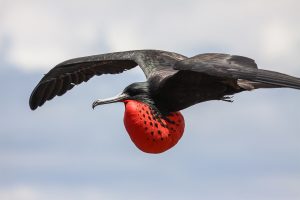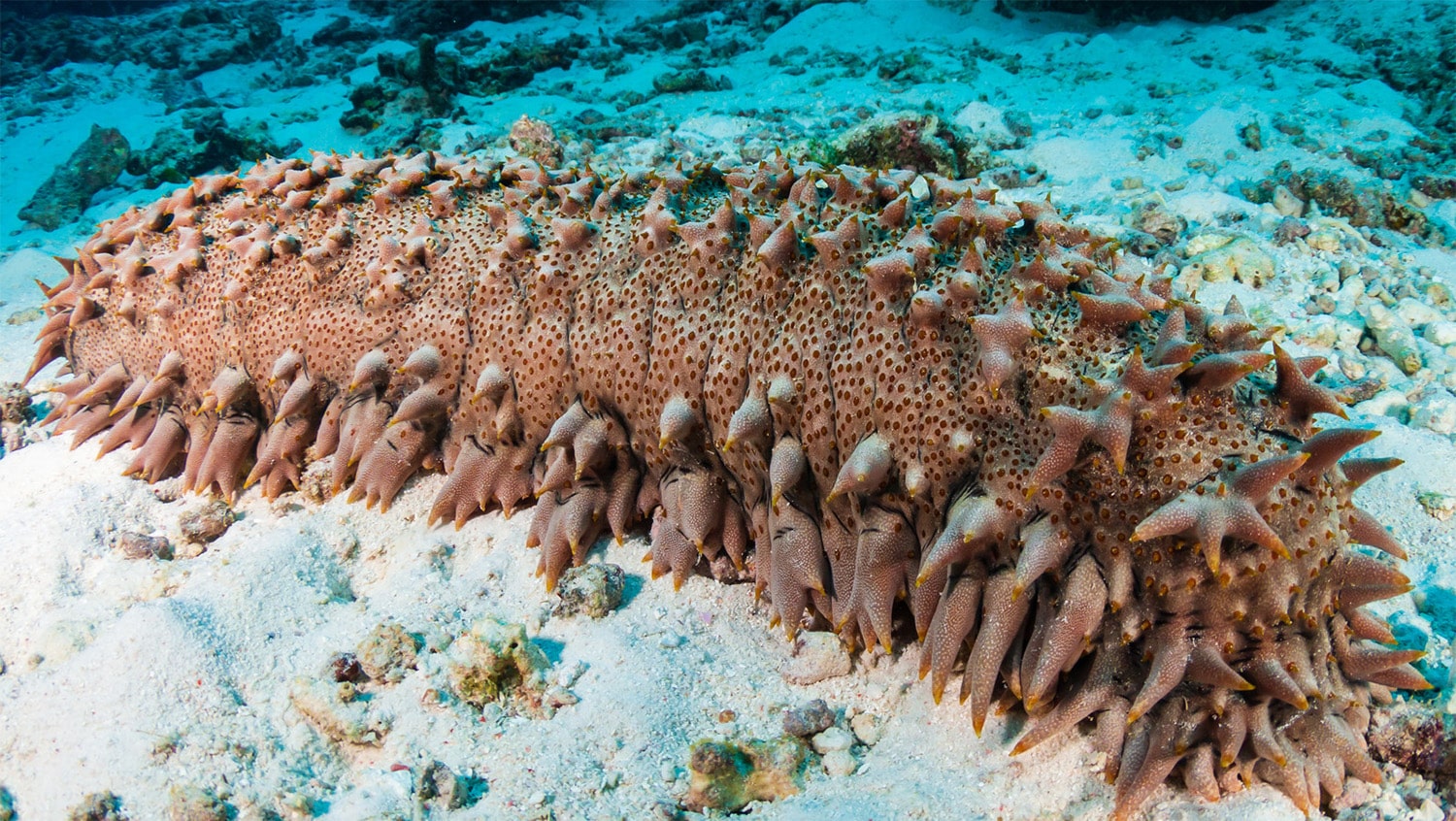
36 interesting facts about sea cucumbers
- 👁️ 1095
Sea cucumbers, often overlooked and underappreciated inhabitants of the ocean floor, are among the most fascinating creatures of the marine ecosystem. Residing in seas worldwide, these echinoderms play a crucial role in oceanic environments, similar to earthworms in terrestrial soil. They are part of the Holothuroidea class, which is as diverse as it is essential, engaging in activities that help maintain the ocean’s health. Sea cucumbers have unique features and behaviors that have intrigued scientists and marine enthusiasts alike. Here are 36 interesting and informative facts about sea cucumbers that shed light on their significance and the mysteries they hold beneath the waves.
- Sea cucumbers are echinoderms, related to sea stars and sea urchins.
- There are over 1,700 known species of sea cucumbers worldwide.
- They can be found at various depths, from shallow tidal zones to the deep sea floor.
- Some species of sea cucumbers have the ability to liquefy their bodies to escape through tight spaces.
- Sea cucumbers play a vital role in the marine ecosystem by recycling nutrients and breaking down detritus.
- They breathe through their anus, where water is pumped in and out to extract oxygen.
- Many sea cucumbers have symbiotic relationships with other marine organisms, such as fish that live inside them for protection.
- Certain species can expel their internal organs as a defense mechanism and later regenerate them.
- Sea cucumbers have a unique circulatory system that extends into their tentacles and body wall but lacks a true heart.
- Their bodies are covered in tiny, retractable feet called tube feet, which they use for locomotion and feeding.
- The diet of sea cucumbers mainly consists of plankton and decaying organic matter found on the ocean floor.
- In some cultures, sea cucumbers are considered a delicacy and are harvested for food.
- They have a leathery skin and an elongated body resembling a cucumber, hence their name.
- Sea cucumbers have a simple nervous system and no brain.
- The largest species, the giant sea cucumber (Synapta maculata), can grow up to 10 feet in length.
- Some sea cucumbers possess bioluminescent organs and can emit light to ward off predators.
- Their populations are threatened by overfishing, especially in Asia, where they are highly valued for culinary and medicinal purposes.
- Sea cucumbers have been used in traditional Chinese medicine for centuries.
- The body of a sea cucumber is made up of a tough, collagenous substance that can change consistency.
- They reproduce both sexually and asexually, with some species capable of self-fertilization.
- Fertilization in sea cucumbers is usually external, with eggs and sperm released into the water.
- In some species, the females brood their eggs either on their bodies or in specialized pouches.
- Sea cucumbers have a unique respiratory tree, which is part of their respiratory system.
- They contribute to the formation of coral reefs by breaking down calcium carbonate, which is then used by coral.
- The International Union for Conservation of Nature (IUCN) lists several species of sea cucumbers as endangered.
- Sea cucumbers have a radial symmetry, like other echinoderms, but it is masked by their elongated shape.
- They can regenerate lost body parts, making them subjects of study for regenerative medicine.
- Some deep-sea species of sea cucumbers can withstand extreme pressures.
- The skin of certain sea cucumber species contains toxins as a deterrent against predators.
- Sea cucumbers have been found at depths greater than 16,000 feet.
- Researchers study sea cucumbers for their anti-inflammatory properties and potential health benefits.
- They have no true eyes but possess light-sensitive cells that allow them to detect changes in light.
- The lifespan of sea cucumbers can vary widely, with some species living for just a few years, while others may live for decades.
- Sea cucumber blood contains a unique compound called echinoderm microtubule-associated protein (EMAP), which has been studied for its anti-cancer properties.
- In the Galapagos Islands, sea cucumbers are a protected species due to their ecological importance.
- Climate change and habitat destruction pose significant threats to sea cucumber populations around the world.
Sea cucumbers, with their myriad of species and fascinating biological traits, are vital to the health of marine ecosystems. They not only contribute to nutrient cycling and sediment turnover but also offer potential benefits for human health and medicine. Despite their significance, sea cucumbers face threats from overexploitation and environmental changes, highlighting the need for continued conservation efforts. Understanding and appreciating the role of these unique creatures in the ocean can inspire greater efforts to protect and preserve the marine environment for future generations. Their resilience and adaptability, remarkable regenerative abilities, and the sheer variety of species underscore the complexity and wonder of marine life. As research continues to uncover the secrets of sea cucumbers, it becomes increasingly clear how much these creatures contribute to the ecological balance of our oceans and the potential they hold for scientific advancements.
